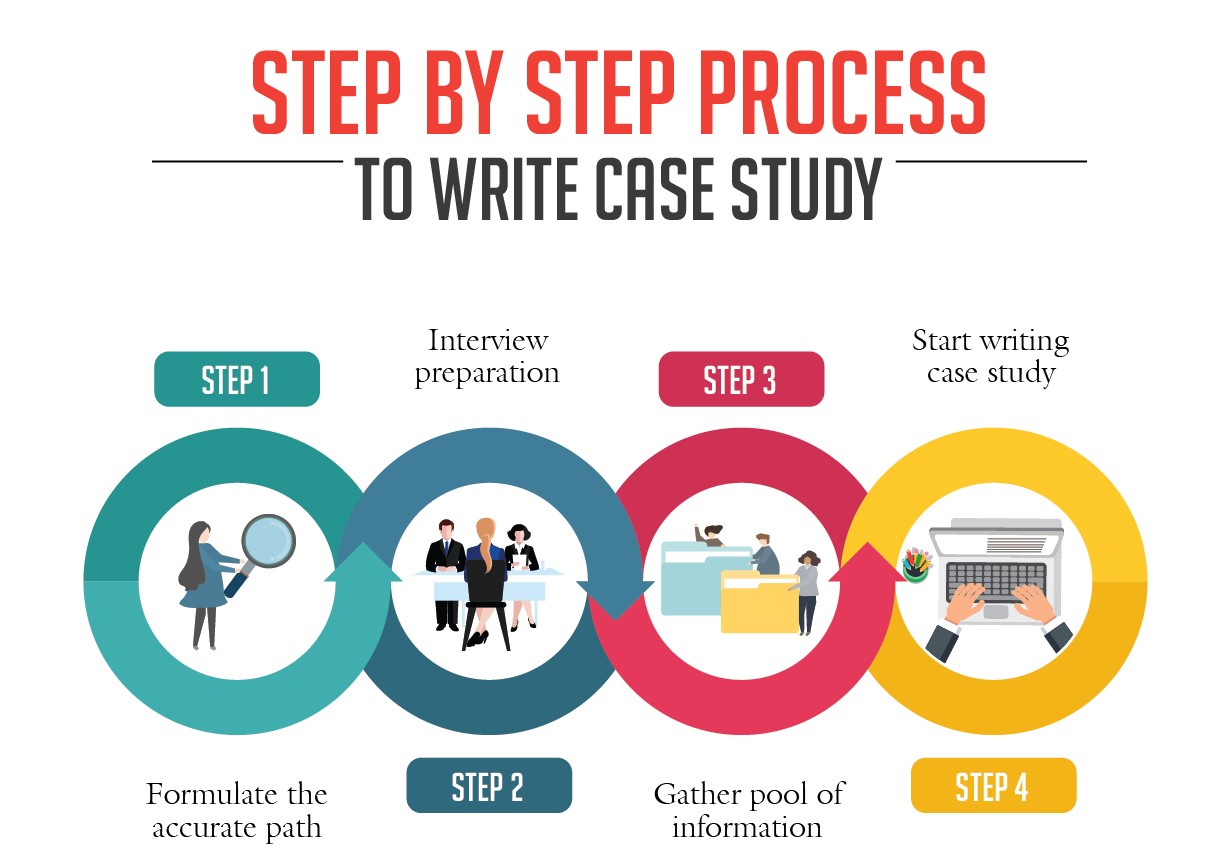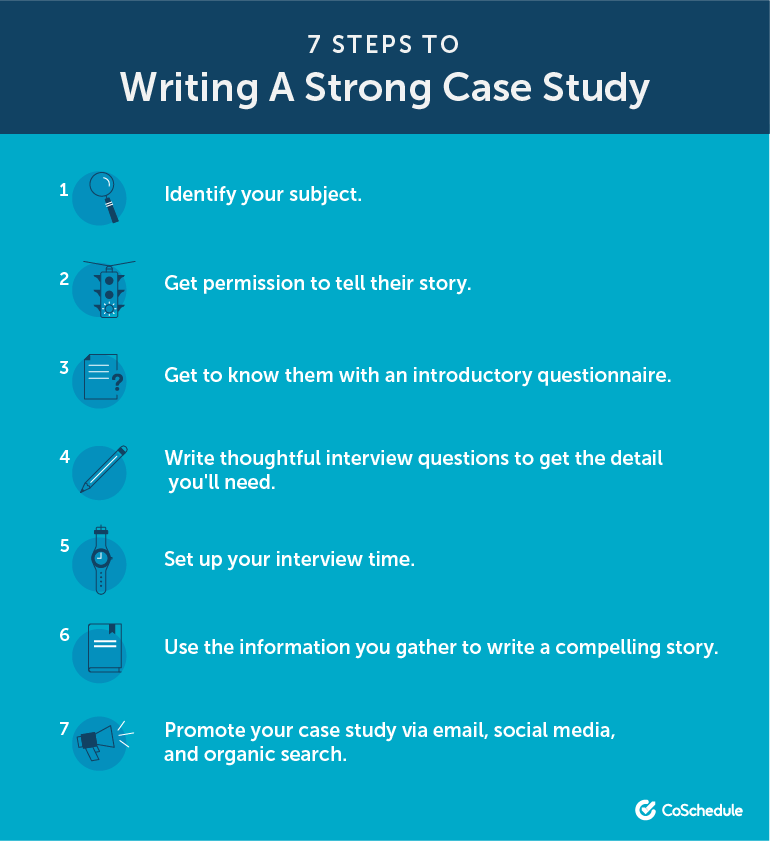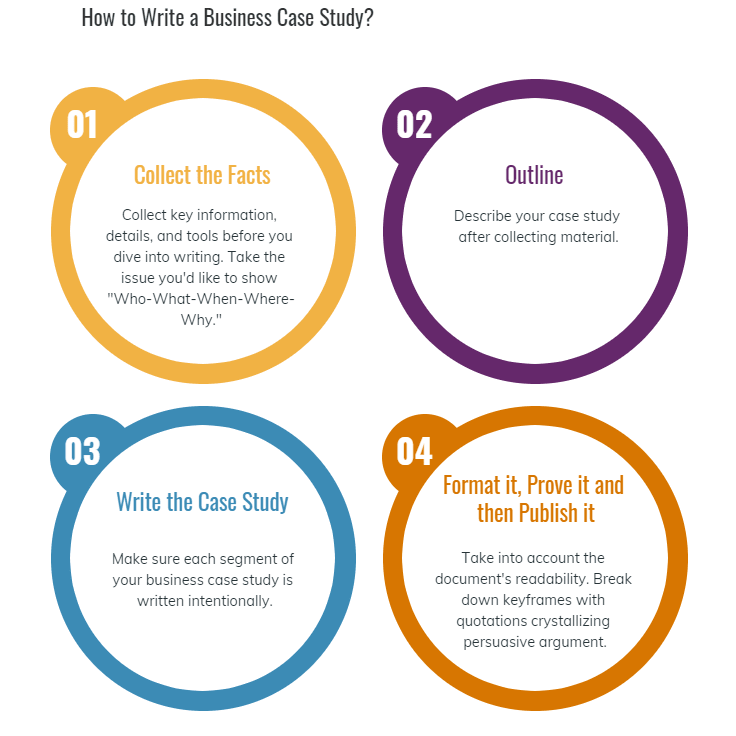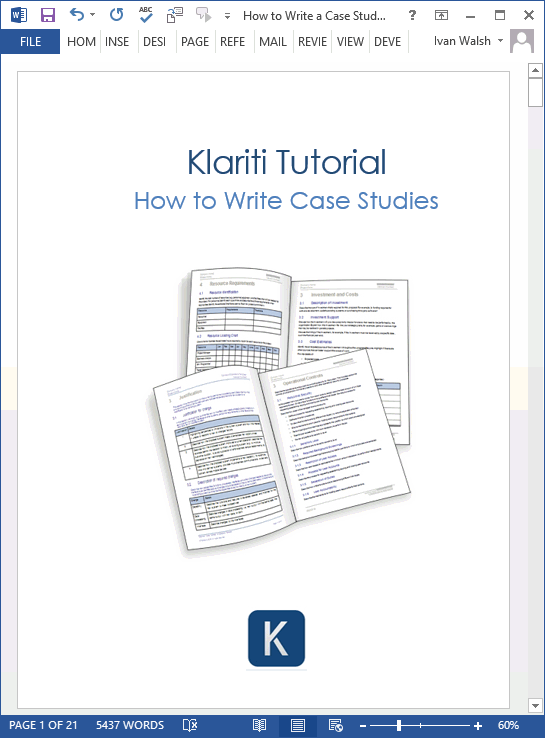There are many different elements to consider when preparing a case study. There is an Executive summary, a conclusion section, and metrics you will use to measure the success of the study. Each has its own purpose and audience, and the details you include will depend on what you want to achieve. If you’re not sure where to start, read our quick guide to creating your case study. You’ll find it easier than you think to put together a case study that’s sure to impress your audience.
Conclusion section
The conclusion section of a case study is a summary of the findings, highlighting important statistical findings, and proposing further research. The conclusion should include memorable sentences and state the importance of the findings. This section is the most important part of a case study, and it should provide a clear end note for the reader. Here are some tips for writing a conclusion section:
The conclusion section of a case study differs from the introduction section of a research paper. In the case study, this section sets the stage for the entire case study. The introduction should state the key problem and set the tone for the remainder of the work. In a clear, concise tone, the reader will be able to understand the main points of the case study. The conclusion section should be no more than a paragraph or two.
Executive summary
The executive summary is your company’s first chance to make a good impression. The reader should understand what your company does, its unique value proposition, and how it helps your clients. Your executive summary also needs to include relevant financial information. The tone you use for the executive summary should be professional and tailored to the audience you are addressing. The audience may not be familiar with the specifics of your field, so avoid over-explaining your expertise.
The executive summary is the first thing your readers will see in your case study or report. It should give them a quick overview of what you’ve written and whether it’s worth reading the rest of the document. It serves the same function as an executive summary – to give readers a quick overview of your product or service. A good executive summary should give enough information to pass the rest of the report or case study along to decision makers.
Target audience
A case study is a form of marketing content that focuses on a specific customer group. It serves several purposes, including promoting a particular product or service, demonstrating the benefits of a process, or building credibility with a target audience. Knowing your target audience before you begin writing a case study will help you avoid a false start and ensure the success of your case study. Your target audience is important in helping you determine the proper format and tone for your case study.
Your case study should include the problem that the company or customer faced, a solution to that problem, and a hero. Your readers should be able to relate to this story and want to learn more. Whether you’re writing for a technical audience or a marketing audience, make sure you present the problem in a way that resonates with your audience. Using an “I” statement, for example, might not work. In a different scenario, you’d use a “we” statement.
Include metrics
There are many reasons to include metrics in a case study. For example, metrics can provide valuable feedback to companies on problem areas within their products. Users may not contact a customer support representative or a sales representative to complain about problems with a product, but they might not notice metrics if they’re missing them. These metrics also serve as a guardrail to determine if a product is worth spending time and money on.
Metrics can also help a company show off its business savvy, highlight how a customer feels when using a product or service, and highlight how you’ve solved a problem. Unfortunately, many clients don’t have metrics to provide. They either didn’t want to make their numbers public, or the company was not ready to share them publicly. That doesn’t mean you can’t write a case study without metrics – it just takes a little more creativity!





